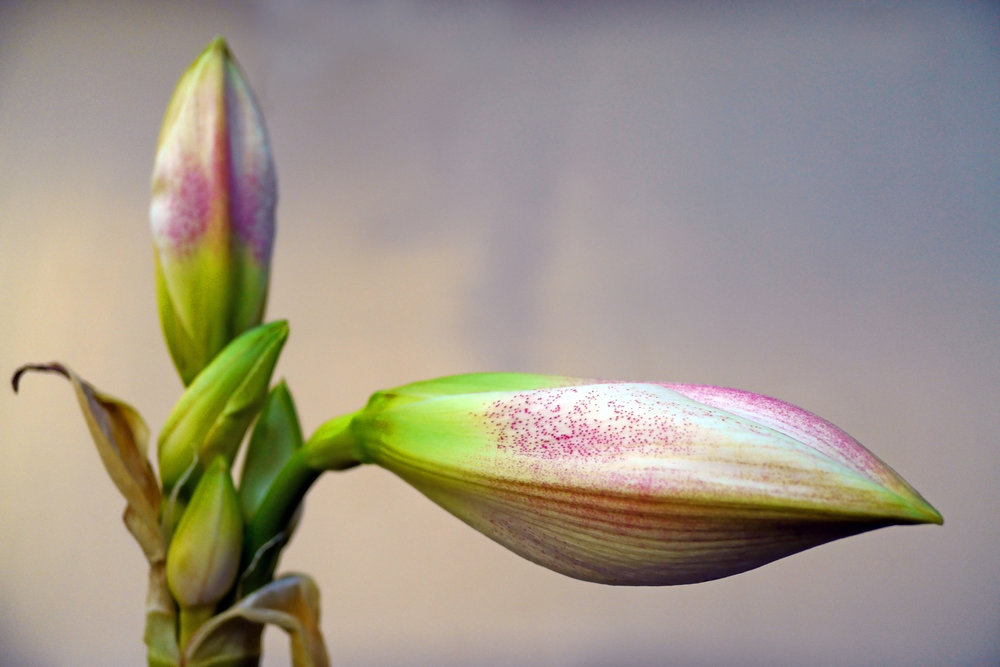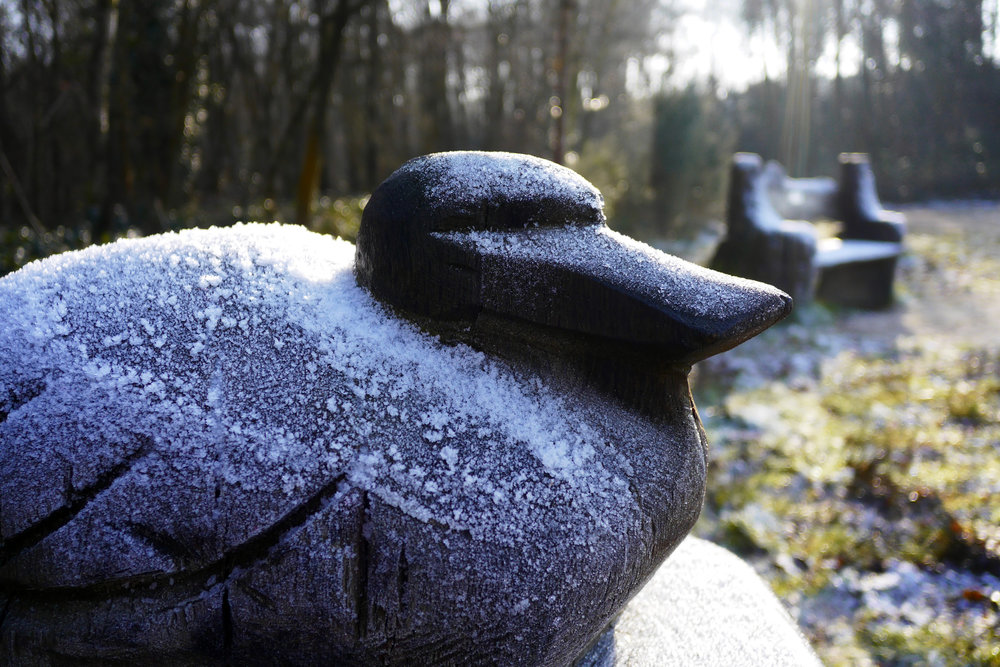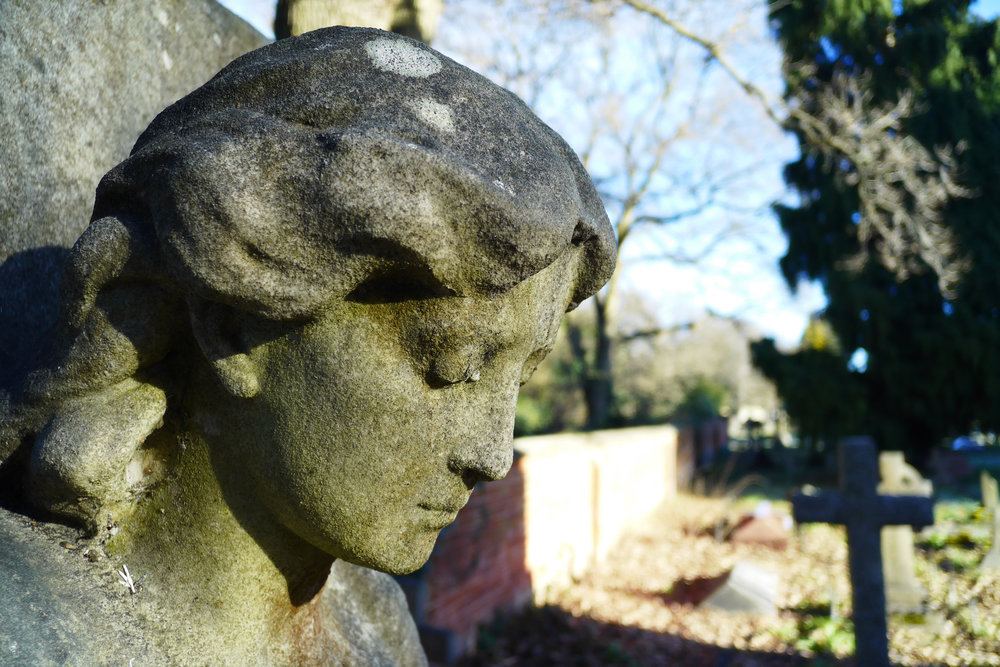
Back in the endless hiatus between Christmas and the New Year, when we were all trying to digest copious quantities of over-rich food and contemplating endless re-runs of Homes Under The Hammer, this quote popped up on my Twitter timeline:
“Taking photos with smartphones and editing them with apps is like cooking with cheap ingredients and a lot of artificial flavoring”
It was attributed to Canon, and in a fit of seasonal garrulousness, I responded thus:
“Ok, I’ll start. Largely I agree, but I’d equate it to fast food, not cooking. Photographic Pot Noodle…”


Above: I call this the Duck of Destiny because these were the shots that took me back from the brink. The shot using the Fuji X-E2 and 50mm Zeiss Touit knocks the CM1 into the proverbial cocked hat (click on images to enlarge)
Twitternami
What followed was, if not a storm, certainly a bit of a Twitter tsunami as I inadvertently triggered a minor to-do with my response. One person in particular, whom I follow and whose writing and photography I enjoy, responded with a view fundamentally the opposite of mine. We exchanged strongly held opinions as best we could within the Twitter constraint of 140 characters minus the ever increasing laundry list of others copied in. Ultimately (I think) we agreed to differ.
I believe it was an enlightening exchange, certainly for me, and it was the jumping-off point for this, the third in my mobile telephony “triptych”. I’m not mentioning names, by the way, because I and the other respondent parted amicably and agreed not to, but we are both getting articles out of our exchange for our respective channels and I’m looking forward to reading his take on the matter.
Below: The Panasonic image is a bit more cartoonish. I prefer the rendition of the Ricoh GR. Even though the sensor has 4K fewer magapixels, the bokeh on the Ricoh is more pronounced and more pleasing


I made the point at the time, in explaining my original tweet on the subject, that:
“…it (smartphone photography) offers instant gratification; it is cheap, lazy and filling with no skill required to produce something passable that simply fills a hole. It flatters to deceive.”
Now this poured fuel on the Twitter fires, but it sums up very succinctly how I feel. I think it was Stalin who said that “quality has a quantity all of it’s own” but it’s fair to say that Marxism is a discredited doctrine and he was trying to get invaders out of his backyard at the time so he can be forgiven for taking the view (but not for that moustache). I tend to subscribe more to Sturgeon’s Law (named after Theodore Sturgeon) which states that “ninety per cent of everything is crap.”
Logic
My point is simple — logic dictates that if the means and process by which crap can be generated and shared is improved and optimised, the sheer volume that results will overwhelm. Smartphone photography integrated seamlessly with social media forms in effect a highly polished chrome sewerage pipe through which the good and the execrable can flow with sickening rapidity.
As I mentioned earlier, I am currently favouring a Panasonic CM1. I’m using it every day as part of my participation in the “Single in January” exercise run by Serious Compacts. It’s a straightforward PAD (Picture A Day) activity and it’s a great way to bond with a camera. At time of writing I’m just over midway through the month and I can honestly say that I am itching to get back to wielding a proper camera again.
Using a portable telephone to the exclusion of all else has been both enlightening and mood-altering. I don’t remember a time when I have felt so boxed in and frustrated at any point in my photographic life. I have said before that the big advantage for me of using a smartphone to take pictures is that it is always there, but then so are eyebrow mites (Google it). In short, ubiquity does not equate to either desirability or usefulness. In good light, with a fair wind, I or anyone else can take a decent photo with a smartphone. We can then pretzel it beyond all recognition with Snapseed and its ilk and produce something to post within moments.
What’s wrong with that?, I hear you say. Convenience! Sharing! Ease of use! You can do the same with Lightroom and Photoshop! What’s the difference? Where’s the harm?
Feeding the soul
Let me stick with the food analogy. You can take a fillet of beef into the kitchen and take the time and effort to cook it slowly and carefully with the best ingredients and produce a delicious meal or you can slam it into a mincer, fry it up and whack out some burgers.
Both feed the body. Only one feeds the soul.
Part of that Twitter exchange focused upon the end justifying the means. If that is truly the case, then in food terms if it is simply nourishment you are after have an intravenous drip. Similarly if your photographic goal is to share an image in the fastest way possible then go to a stock library, pick something and bump it out to your followers.
The concept of Slow Photography is nothing new. It is a sibling of the Slow Food movement. Both encourage the taking of time over what you are producing and consuming. The process — the journey — is an integral part of the enjoyment; through the entire process you are encouraged to take the opportunity to think about, understand and appreciate your ingredients (food or photographic) and through doing so realise their full potential. Does anyone really think that sitting on a train quickly processing an image you’ve just taken with a tiny-sensored fixed-lens compromise of a device, on a small screen with inbuilt software and slamming it out to social media is preferable to taking a little time to make the most of what you have just captured?
Photography is not a contest. It is not a race. With the honourable exception of news and sports journalism there is very little true value in being able to spew forth your output for the world to see within minutes of capture. If Sturgeon’s Law holds true, then nine times out of ten when you push the shutter release the image that results is crap. Do you really want to share those nine, or would you rather take your time to optimise #10 and share that? Mobile phone photography lowers the barrier by making it so easy to share without thought that very little thought takes place before something is shared.

Back to basics
I’ll go back to basics. There are some good smartphones capable of taking pictures — the Panasonic CM1 does fall into that category — and there are some very poor ones, such as the Kodak Ektra. A good photographer will be able to use their skill to overcome many of the shortcomings of a mediocre tool but they simply cannot make it into something it is not, nor use it to produce images the like of which it is simply not capable of rendering. When Burt Hardy used a Box Brownie to demonstrate the truth of his assertion that you didn’t need an expensive camera to take good photos he was right. But we are not equating like with like based on price alone. Here’s the rub — even a mediocre smartphone costs hundreds of pounds, money you could spend on a far better camera and still have change for a bag of chips and a butchers’ bone for the whippet — so there is no comparison.
The same can be said of any camera, of course, but it is the insidious nature of the smartphone camera as a device that enables it to both flatter to deceive — images on a small screen may be closer to crap than they appear — and actively facilitate the sharing of merit-free garbage on a fast and regular basis. It puts me in mind of those teachers who believe that there should be no prizes for winning; everyone’s a winner, in their cosy world, just for taking part and thus everyone is dragged down to the same level of mediocrity — before being swept away when they try to compete in the real world. The smartphone is the enabler of democratised mediocrity and we are all the poorer for it.
Of course I am going to keep my smartphone. It is too useful for other purposes. But the camera side of it — even on a class-leading device — is still just a tinker toy in the great scheme of things and will be for some considerable time to come. I’ll continue to use mine to shoot the blackboard in the kitchen with the shopping list, the contents of whiteboards at work and the like and I’ll continue to carry a camera — a real, honest to goodness, designed from the ground up, no compromises, picture-taking machine — to photograph anything that actually matters to me, let alone the 1 in 10 or thereabouts I think actually worthy of sharing. I’ll only share after having taken my photos, thought about them, reviewed them and edited them and tidied them up over a period of hours or days. I’ll continue to do so on a nice, large, high resolution colour-corrected screen. Above all I’ll continue to enjoy the journey as much as I do the end result.
I haven’t eaten in a McDonalds in over 20 years and I’m not about to start now. Your tastes may differ, and that’s fine, but don’t ever try to tell me that a Big Mac compares in any way to a lightly griddled fillet steak.
_______________
- Read CameraPhone Quest I: The Kodak Ektra
- Read CameraPhone Quest II: The Panasonic CM1
- You can find more from Bill Palmer at Lightmancer and at Instagram
- Subscribe to Macfilos for free updates on articles as they are published. Read more here
- Want to make a comment on this article but having problems? Please read this

Thanks for your articles. They convince me to keep phone and camera separate – and both can be really small nowadays, of course. But on your showing, I don’t feel half as negative as you about the CM1 images and actually prefer Destiny Duck with a bit more background and less blue toning.
John, I think you are right – convergence is inevitable, but it’s not mature yet. Separate devices remain the way to go, even just for something as prosaic as battery life.
I think the images tell a story, but tastes differ. I used to use Panasonic years ago and I had forgotten the emphasis on "pop" in the basic settings that is quite hard to tone down. Fuji needs toning down and Ricoh starts from a more neutral rendition which suits me. Whilst capturing Destiny Duck I was actually sitting on a bench, on which he forms one end. The icy conditions were numbing my nether-regions and soaking my trousers so I think the blue rendition is more true to the prevailing conditions!
Just two more things. In this week’s Amateur Photographer magazine there is a lovely article about Ali Shams, an Iranian Photographer, who produces remarkable black and white imagery with just an iPhone (I am sure that Mike will be pleased to hear that). The IQ may not be up that of ‘proper cameras’, but the quality of the image content is outstanding. Ali says that the fact that almost everybody has a smart phone nowadays enables him to engage in what we in the West call street photography. Ali’s photography is well worth seeing.
The second thing is that I was out and about today taking photos (with a ‘proper camera’, of course) when two young chaps in their mid twenties asked me to take their photo with a Samsung phone. They probably saw my ‘proper camera’ and thought that they were on to a good thing. Well, the Samsung phone had one of those super sensitive touch screens and it required a few goes to even focus and frame an image as it kept jumping off to something else on the menu. If they had handed me a Leica, even an LTM model, the job would have been done in half the time. I might add that they were pleased with the results.
William
Dear Bill
The best camera is the one you have with you. This is all about priorities. I think that you answer the question yourself when you say "Does anyone really think that sitting on a train quickly processing an image you’ve just taken with a tiny-sensored fixed-lens compromise of a device, on a small screen with inbuilt software and slamming it out to social media is preferable to taking a little time to make the most of what you have just captured?" The answer to this from today’s ‘me, now’ generation would be a firm ‘yes’. Image quality is something that ‘serious photographers’ like ourselves value and discuss, but the immediacy of self focussed social media content is far more important to today’s youth. I have never been able to send anything to Facebook (I don’t have a Facebook account, but the point is rhetorical) from a Leica or a Fujifilm, etc. Yes, there are now apps for most camera brands, but a young person might loose the will to grow up messing around with that sort of thing. IQ is a very poor second or third or even lower position compared to portability, connectivity and immediacy which are the lifestyle criteria today. The battle has been fought and won and lost on that score.
Luckily, we still have some nice cameras to play around with. Some of the younger people will inevitably ‘grow up’, photographically speaking, and they will be most welcome to join the likes of you and I in making ‘real pictures’ with ‘real cameras’. Meanwhile, let them enjoy their smartphone photos.
William
William, I agree with much of what you say. Immediacy trumps (no pun intended) consideration in much of today’s society. Have you read Eric Kim’s recent piece on How to Travel? If not, I commend it to you. In particular he makes the point:
"… try to wait at least a day, a few days, or even a week before sharing your photos with others. This will give you chance to let your experiences and memories marinate into your mind and soul. Then when you share the image (after a delay), you can re-experience your memory, and cherish it more.
When we share images too quickly, we have no time for reflection."
He says it more eloquently than I…
Thanks Bill
You are preaching to the converted, of course. Eric is absolutely right. Often after downloading photos I will wait overnight or even a few days before deciding what to do with them. With film this time lag is, of course, ‘built in’. Mature reflection is something that improves with age and time.
Do take a look at the iPhone photography of Ali Shams from Iran. A lot of photographers with tens of thousands worth of gear would not do better.
William